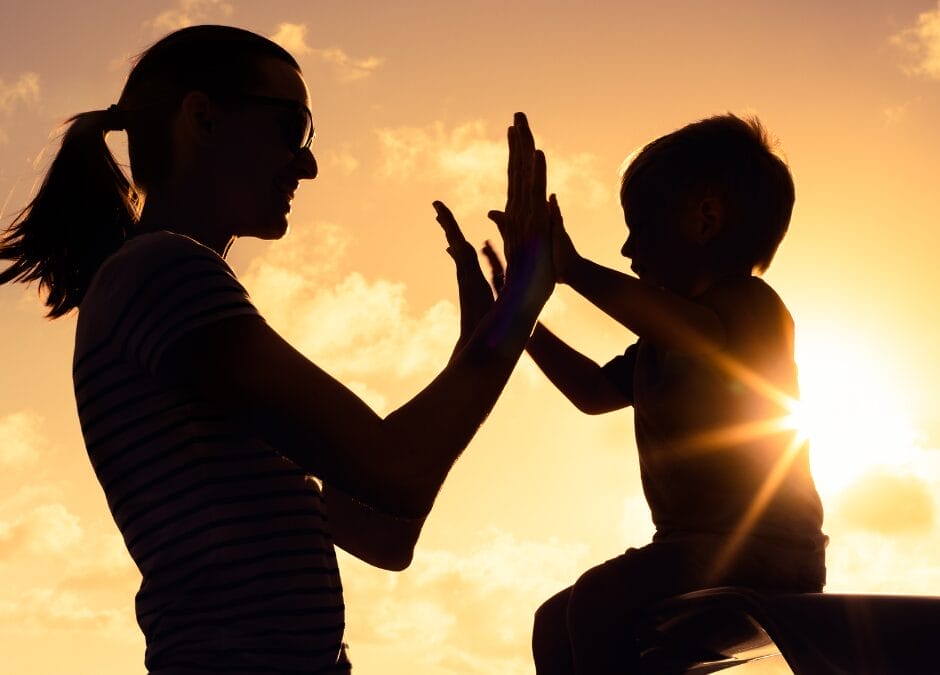Raising children is a heart-warming journey, full of highs, sometimes lows, and everything in between. But sometimes, what we might miss are the quieter signals our children send us, especially when they’re struggling with their mental health. The latest figures from the NHS in England show that in 2023, about 1 in 5 children and young people aged 8 to 25 years had a probable mental disorder, with 452,725 people in contact with children and young people’s mental health services in December 2023 alone.
Anxiety isn’t always loud or obvious, and it can show up in ways we might not expect. In our latest blog, Dr Danielle Grey, Clinical Director of Purple House Clinic Birmingham, gives advice to help parents and children tackle anxiety together, whether it’s understanding what anxiety in children looks like, finding the right words to talk about anxiety, or how parents can offer support.
How to recognise anxiety in children
83% of young people with mental health needs agreed that the coronavirus pandemic had made their mental health worse. The pandemic meant that many children missed out on crucial developmental steps at an important time in their lives. Lockdowns acted like circuit breakers to children’s social interactions and educational experiences, disrupting routines and limiting access to support networks.

